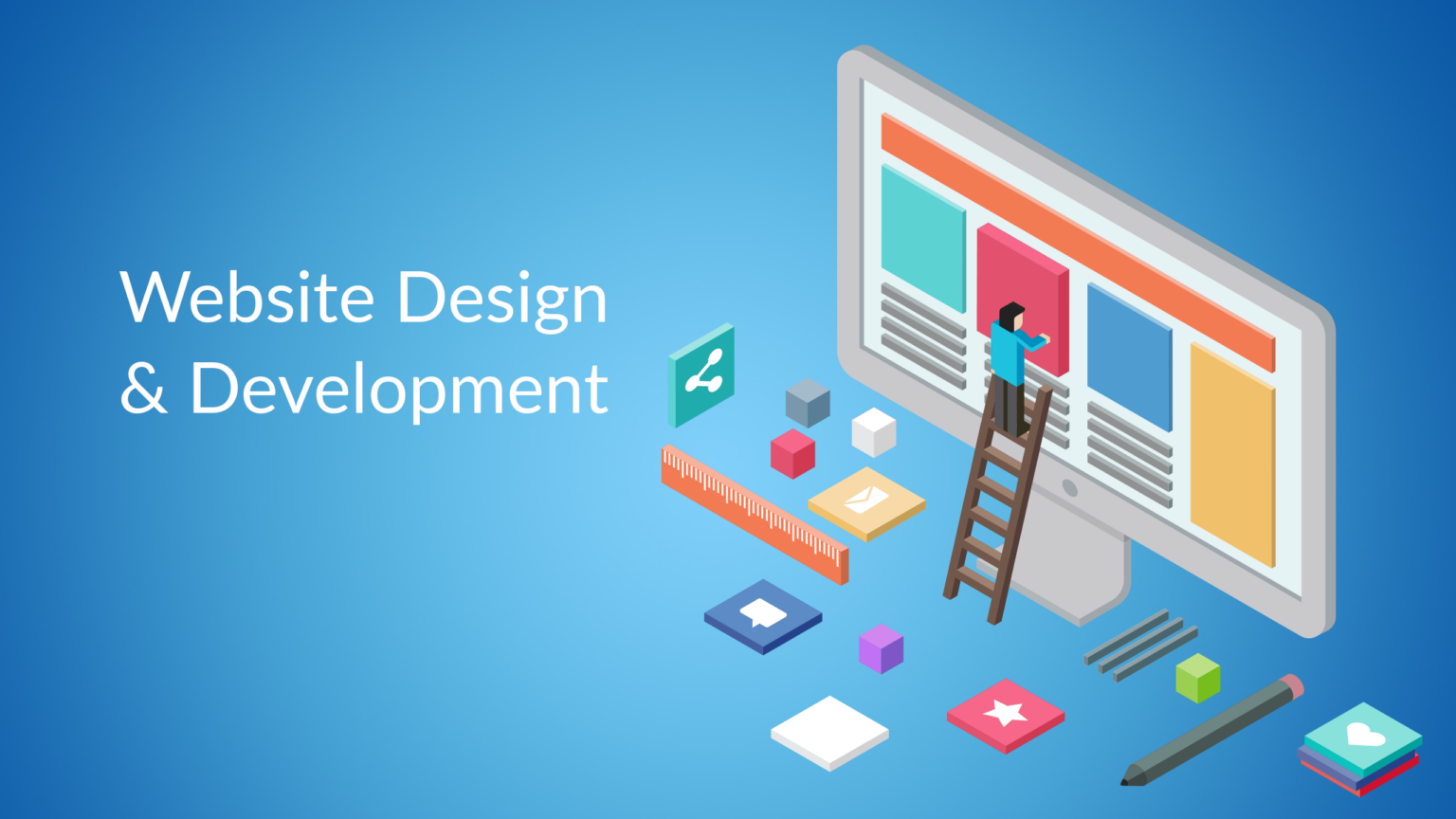In today’s digital age, having a well-designed and functional website is crucial for any business looking to establish an online presence. Whether you’re a startup or an established company, a strong website can significantly impact your brand’s success. In this article, we will delve into the essentials of website design and development, providing you with insights and tips to create a website that stands out.
Understanding Website Design:
Website design is more than just creating an aesthetically pleasing site. It involves a strategic approach to crafting an online experience that is not only visually appealing but also user-friendly and optimized for conversions.
Key Elements of Effective Website Design:
- User Experience (UX): Focus on creating a seamless and intuitive experience for visitors. This includes easy navigation, fast loading times, and mobile responsiveness.
- Visual Design: Use a clean and modern layout with a consistent color scheme, typography, and imagery that reflects your brand’s identity.
- Content: Ensure your content is clear, concise, and engaging. High-quality images, videos, and well-written copy can make a significant difference.
- Call to Action (CTA): Strategically place CTAs to guide visitors towards desired actions, such as making a purchase, signing up for a newsletter, or contacting you.
- SEO: Optimize your site for search engines to increase visibility and attract organic traffic. This involves proper use of keywords, meta tags, and alt text for images.
The Process of Website Development:
Website development is the technical aspect of building a website. It involves coding, programming, and configuring the site to ensure it functions properly across different devices and browsers.
Steps in Website Development:
- Planning: Define your website’s purpose, target audience, and goals. Create a sitemap and wireframes to outline the structure and layout.
- Design: Develop mockups and prototypes based on the wireframes. This stage involves choosing the visual elements, such as colors, fonts, and images.
- Development: Convert the designs into a functional website using coding languages such as HTML, CSS, JavaScript, and more. Implement CMS (Content Management System) if necessary.
- Testing: Thoroughly test your website for functionality, performance, and compatibility across different devices and browsers. Fix any bugs or issues that arise.
- Launch: Once everything is tested and approved, launch your website. Make sure to monitor its performance and be ready to address any post-launch issues.
- Maintenance: Regularly update your website’s content, security features, and software to ensure it remains up-to-date and secure.
Trends in Website Design & Development:
Staying updated with the latest trends can give your website a competitive edge. Here are some current trends to consider:
- Minimalist Design: Clean, simple designs that focus on essential elements and improve user experience.
- Dark Mode: Offering an alternative color scheme that is easier on the eyes, especially in low-light environments.
- Voice Search Optimization: With the rise of voice assistants, optimizing your site for voice search can enhance user experience and SEO.
- AI and Chatbots: Implementing AI-driven features like chatbots to provide instant customer support and enhance user engagement.
- Motion UI: Adding subtle animations and transitions to make your site more dynamic and engaging.
Conclusion:
Creating a successful website involves a blend of design and development skills. By focusing on user experience, visual appeal, and technical functionality, you can build a website that not only attracts visitors but also converts them into loyal customers. Keep up with the latest trends and continuously improve your site to stay ahead in the ever-evolving digital landscape.



